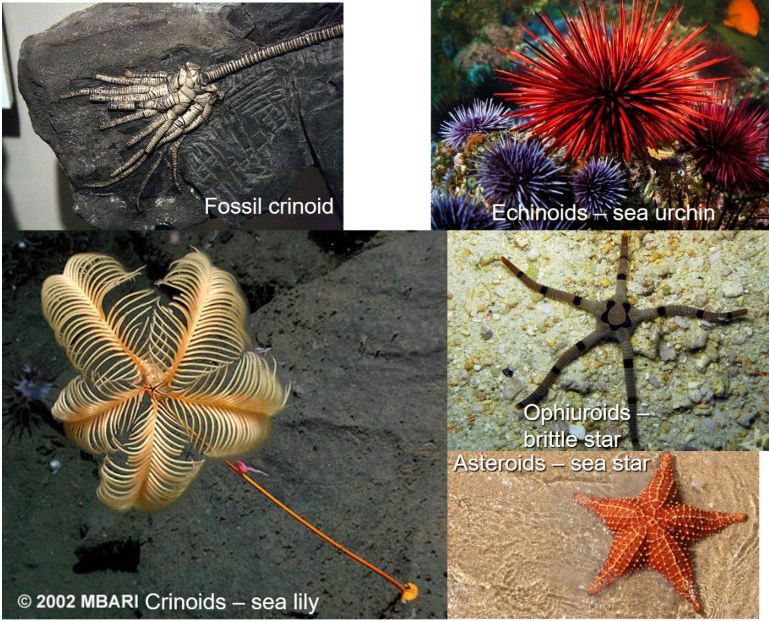Module 9: Fossils & The Geologic Time Scale
1/12
There's no tags or description
Looks like no tags are added yet.
Name | Mastery | Learn | Test | Matching | Spaced |
|---|
No study sessions yet.
13 Terms
What is a fossil?
A physical trace of ancient life (>10,000 yrs)
What is the difference between a body and a trace fossil?
Body - part of the actual organism
Trace - sign of biological life
How does an organism become a fossil? (4)
Die and leave a body
Get buried
Stay buried
Get found
Where do we look to find fossils?
Sedimentary rocks
What are Lagerstätten?
Places that—due to the calm energy and sediment—preserve fossils extremely well
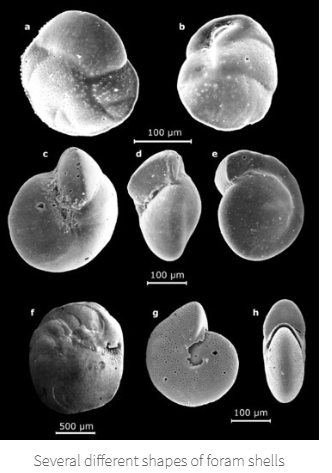
(3)
Foraminifera
Single-celled protists
Tiny calcite shells
~size of grain of sand
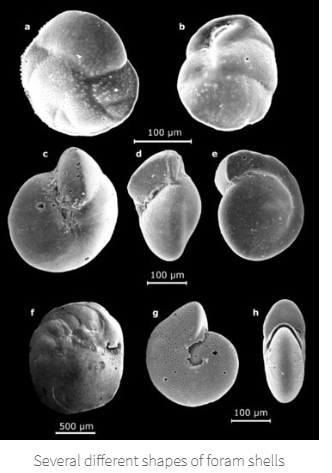

(3)
Radiolarians/Rads
Silica shells
Shells form calcareous oozes in deep ocean
Ooze → chert
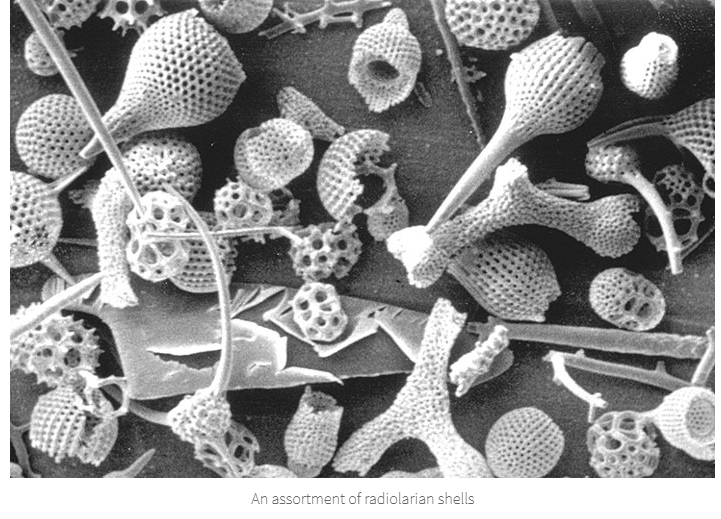
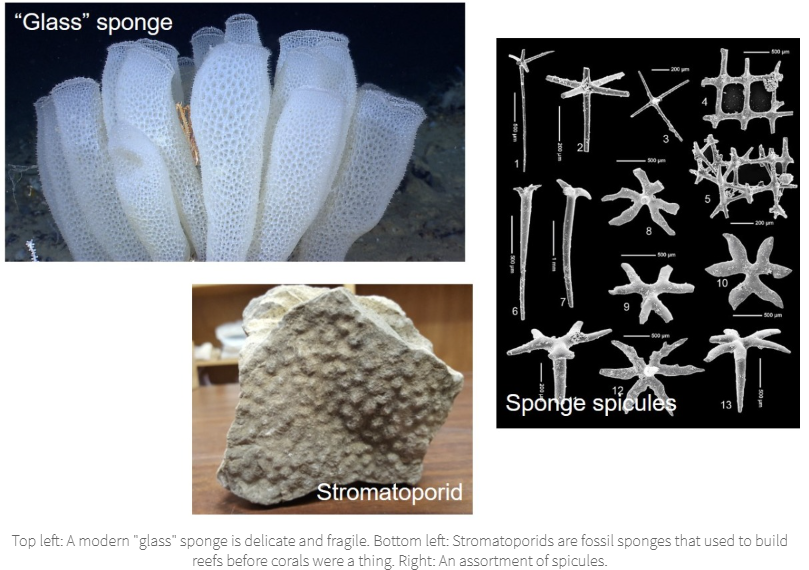
(2)
Porifera
Sponges
Mineral structures, spicules, give support

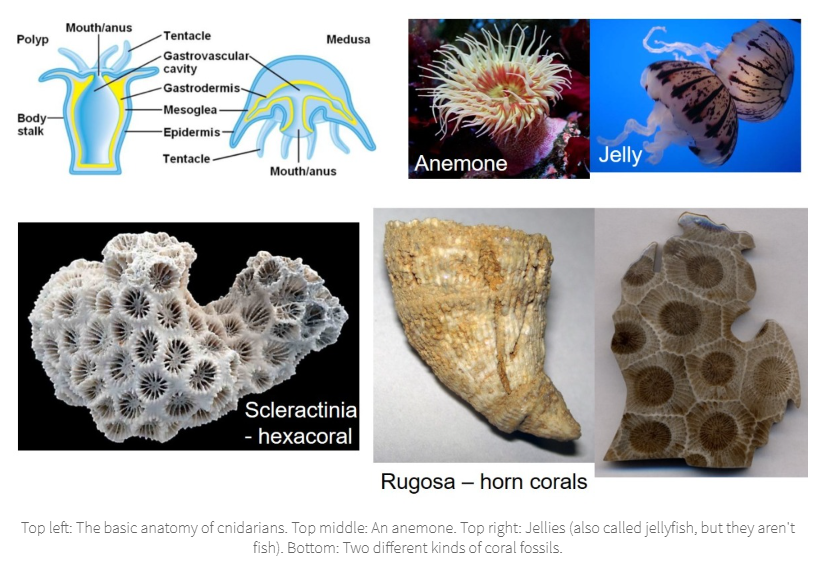
(3)
Cnidaria
Soft-bodied animals
Round w/ tentacles
Corals, jellies, anemones
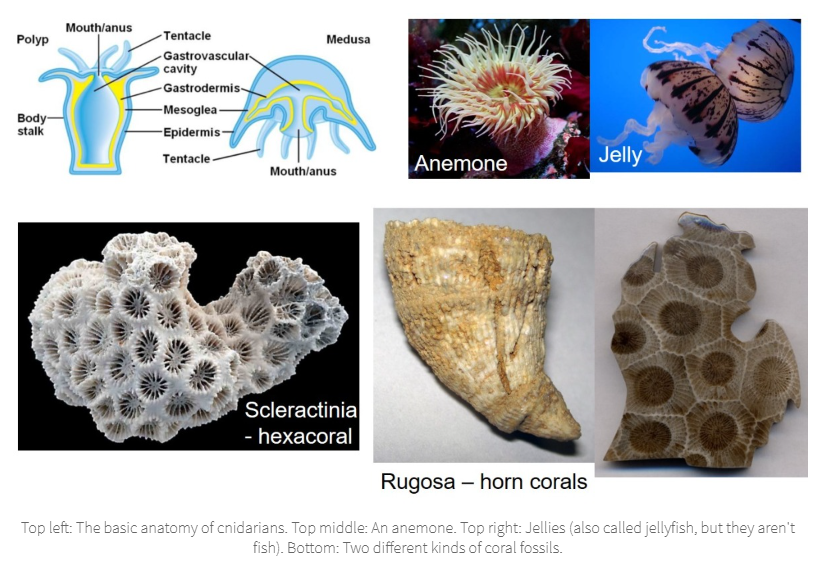
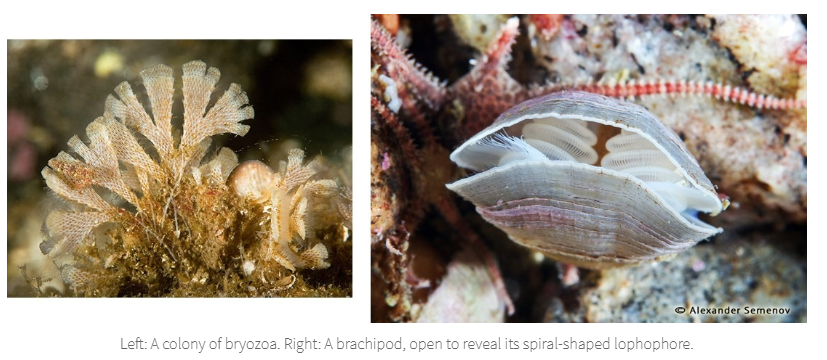
(2)
Brachiopoda & Bryozoa
Spiral-shaped body (lophophore) for eating
Look like clams

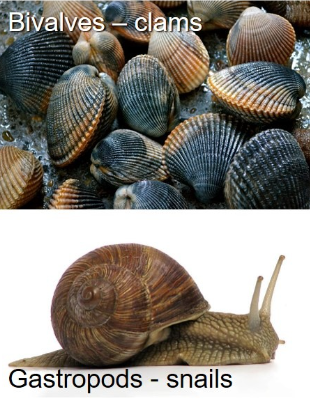
(6)
Mollusks
Soft body, sometimes calcite shell
Bivalva: two parts to shells; e.g. clams, oysters, mussels
Gastropoda: “stomach foot”; e.g. snails, slugs
Cephalopoda: mollusks w/ tentacles; e.g. octopus, squid, cuttlefish
Ammonites & Nautiloids
Belemnites: cigar-shaped shell inside bodies
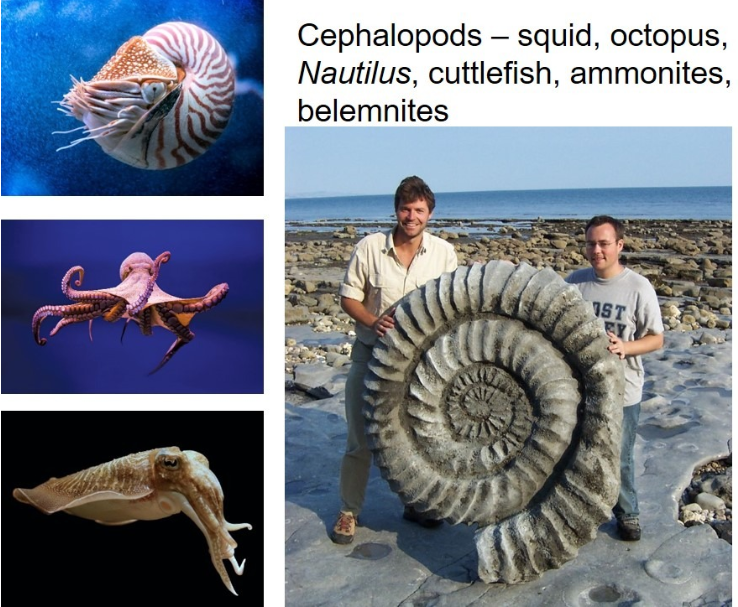
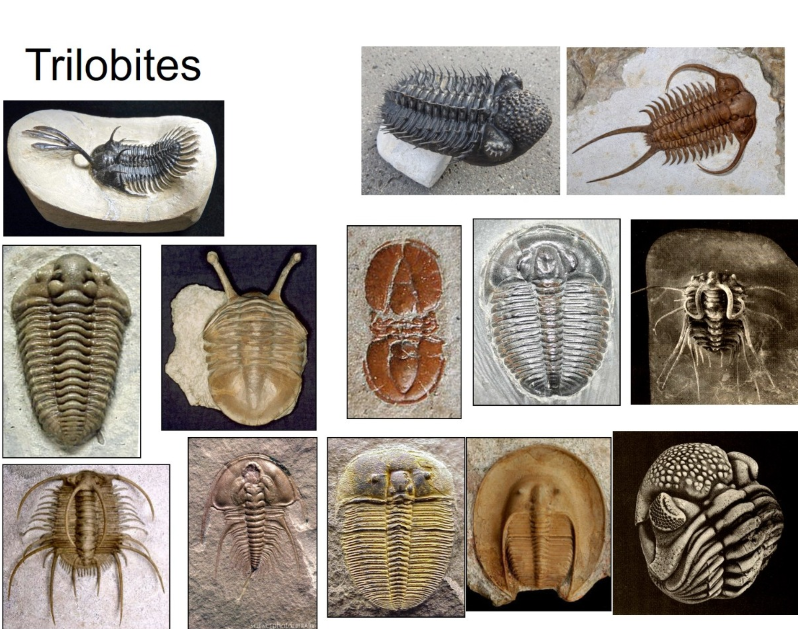
(4)
Arthropods
Jointed legs & exoskeleton
Trilobites: “three-lobed body,” calcite shells, legs w/ gills
Crustaceans: crabs, lobsters, barnacles, isopods
Insects: keratin shell → decomposes faster than calcite
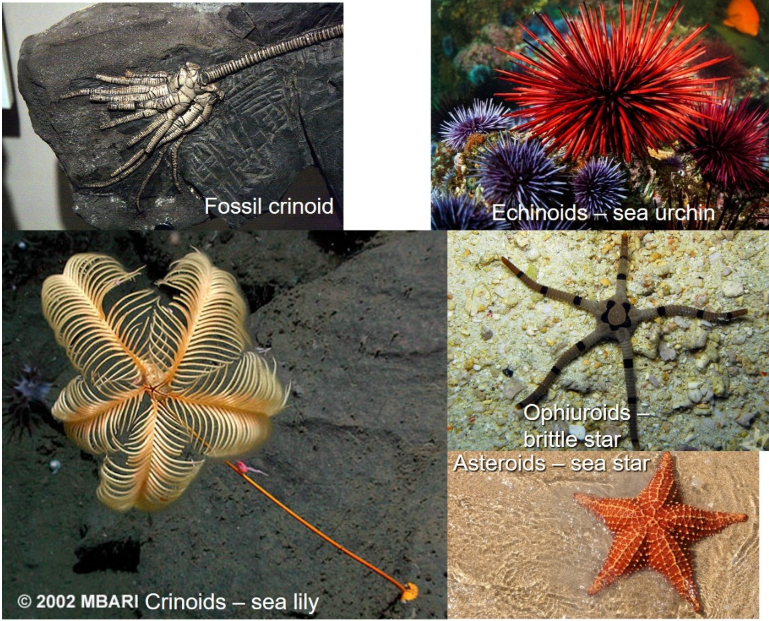
(3)
Echinoderms
“Spiny skins”
Pentameral (five-fold) symmetry
Sea stars, sea urchins, sand dollars, sea cucumbers, sea lilies
